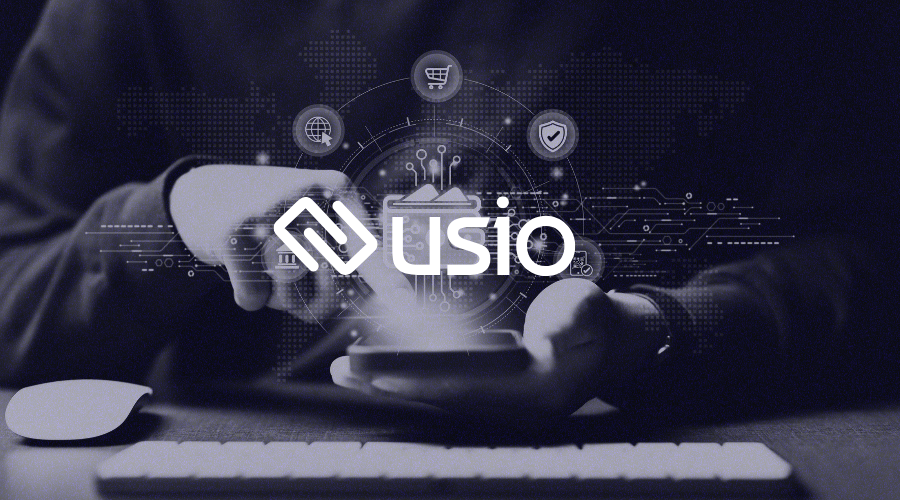The more fragmented your payment systems, the more you’re silently bleeding money, time, and customer trust. Most businesses don’t see the issue until it’s already hurting them, reconciliation delays, integration breakdowns, bloated overhead, security risks. It adds up fast.
Let’s unpack why. And more importantly, how to fix it.
What Is a Pieced-Together Payment System, Really?
If your payment infrastructure is built from multiple vendors, one for ACH, another for disbursements, a third-party for print and mail, maybe even a separate card issuing partner, you’re running a pieced-together system.
It might “work,” technically. But behind the scenes?
You’re managing multiple integrations, dashboards, service agreements, billing cycles, and support contacts. Every update becomes a chore. Every outage becomes a guessing game. And your internal teams carry the burden of stitching it all together.
The Hidden Cost You’re Actually Paying
We talk to product leads, finance directors, and platform ops teams every week. Most know they’re juggling too many vendors, but few have quantified what it’s costing them.
Here’s what we’ve seen:
1. Time-Sucking Manual Work
Without a unified system, reconciliation becomes a full-time job.
- Your accounting team is stuck matching payments from one system to reports from another.
- Development teams patch together custom logic to make APIs talk to each other.
- When errors happen? You’re the middleman between vendors.
2. Ballooning Overhead
Vendor fees look small in isolation. But collectively? They snowball.
- You might be paying per-transaction fees in five directions.
- Onboarding and maintaining multiple tools takes up dev resources you could spend elsewhere.
- Every integration comes with its own hidden maintenance costs.
You didn’t sign up to manage a mini fintech stack. But here you are.
3. Risk (The Expensive Kind)
Each additional vendor is another potential point of failure, and liability.
- Compliance varies. Not all partners are PCI Level 1 or HIPAA-compliant.
- A security breach at one vendor impacts your entire platform.
- The more external systems you touch, the harder it is to enforce consistent controls.
Risk = cost. Especially when your reputation is on the line.
What a Unified Payment System Looks Like (and Why It Matters)
At Usio, we believe payment systems should be simple. Embedded. Secure.
We’re not here to give you more tools, we’re here to give you less. Fewer logins. Fewer support tickets. One platform that handles:
- ACH and card issuing
- Digital disbursements
- Invoice print and mail
- API-driven integrations
- Embedded Payments
All in one system. All backed by our enterprise-grade security and hands-on support team.
You don’t need to worry about uptime or updates. We’ve got that handled. You stay focused on your growth.
The Payoff of Streamlining Your Payment Stack
Here’s what businesses see when they unify their payment systems with Usio:
Faster Time to Revenue
No more dev bottlenecks. Launch payment features faster. Monetize sooner.
Smarter Workflows
Your finance, ops, and product teams actually collaborate instead of chasing errors.
Real Cost Savings
One vendor. Transparent pricing. Less tech debt. Lower overhead. It’s that simple.
So What’s the Hidden Cost?
Fragmented payment systems cost more than you think.
The hidden cost? Lost time. High risk. Unnecessary overhead. And complexity that slows your entire operation.
Ready to Unify Your Payments?
We’re here to help. Our platform is built to scale with your business, and make your payment experience work for you, not against you.
Talk to Usio today and find out how we can streamline your payment systems, for good.

